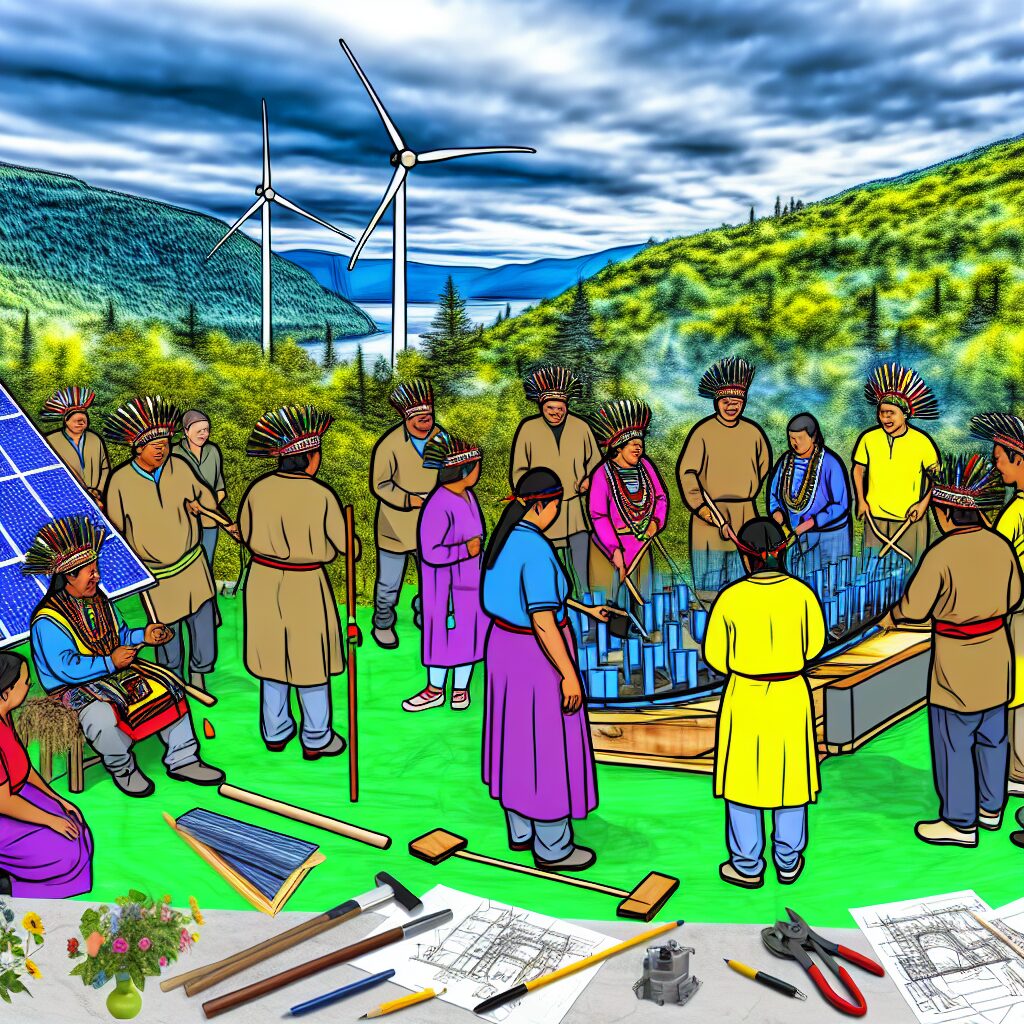Glooscap First Nation Spearheads Clean Energy Grid Project
Glooscap First Nation in Nova Scotia is leading a new clean energy initiative aimed at improving energy reliability and sustainability in the region. The project focuses on developing a modern energy grid that will support clean energy sources while strengthening energy independence for the community.
A Step Towards Energy Sustainability
The clean energy grid project is designed to integrate renewable energy sources such as wind, solar, and battery storage. By reducing dependence on traditional energy systems, Glooscap First Nation aims to lower carbon emissions and create a more resilient power infrastructure.
This initiative aligns with Canada’s broader goals of transitioning towards a cleaner energy future. As more Indigenous communities invest in sustainable energy projects, they contribute significantly to regional and national climate strategies.
The Role of Renewable Energy
Renewable energy plays a key role in this initiative by providing cleaner alternatives to fossil fuels. The project involves:
- Installing solar panels and wind turbines to generate electricity from natural resources.
- Integrating battery storage solutions to maintain consistent energy supply during peak demand periods.
- Enhancing local energy security by reducing reliance on external power grids.
By prioritizing these technologies, Glooscap First Nation is setting an example for other communities looking to transition toward renewable energy sources.
Community Impact and Economic Benefits
Beyond environmental advantages, the project brings several economic and social benefits to the Glooscap First Nation and surrounding regions. Some key impacts include:
- Job creation in construction, maintenance, and technical support related to renewable energy.
- Reduced energy costs for residents through locally generated power.
- Increased energy resilience, particularly during severe weather conditions or grid outages.
These efforts not only promote sustainability but also contribute to long-term economic development within the community.
Collaborative Efforts and Future Outlook
The success of this project depends on collaboration between Indigenous leaders, government agencies, and private sector partners. By working together, stakeholders can ensure the project’s scalability and effectiveness.
Looking ahead, Glooscap First Nation’s clean energy grid may serve as a model for other Indigenous and rural communities across Canada. With continued investment in renewables, similar initiatives could help pave the way for a cleaner, more sustainable future.
Analyzed and outlined by ChatGPT-4o, images by DALL·E 3.
Source
Nova Scotia’s Glooscap First Nation leads grid project to support clean energy

